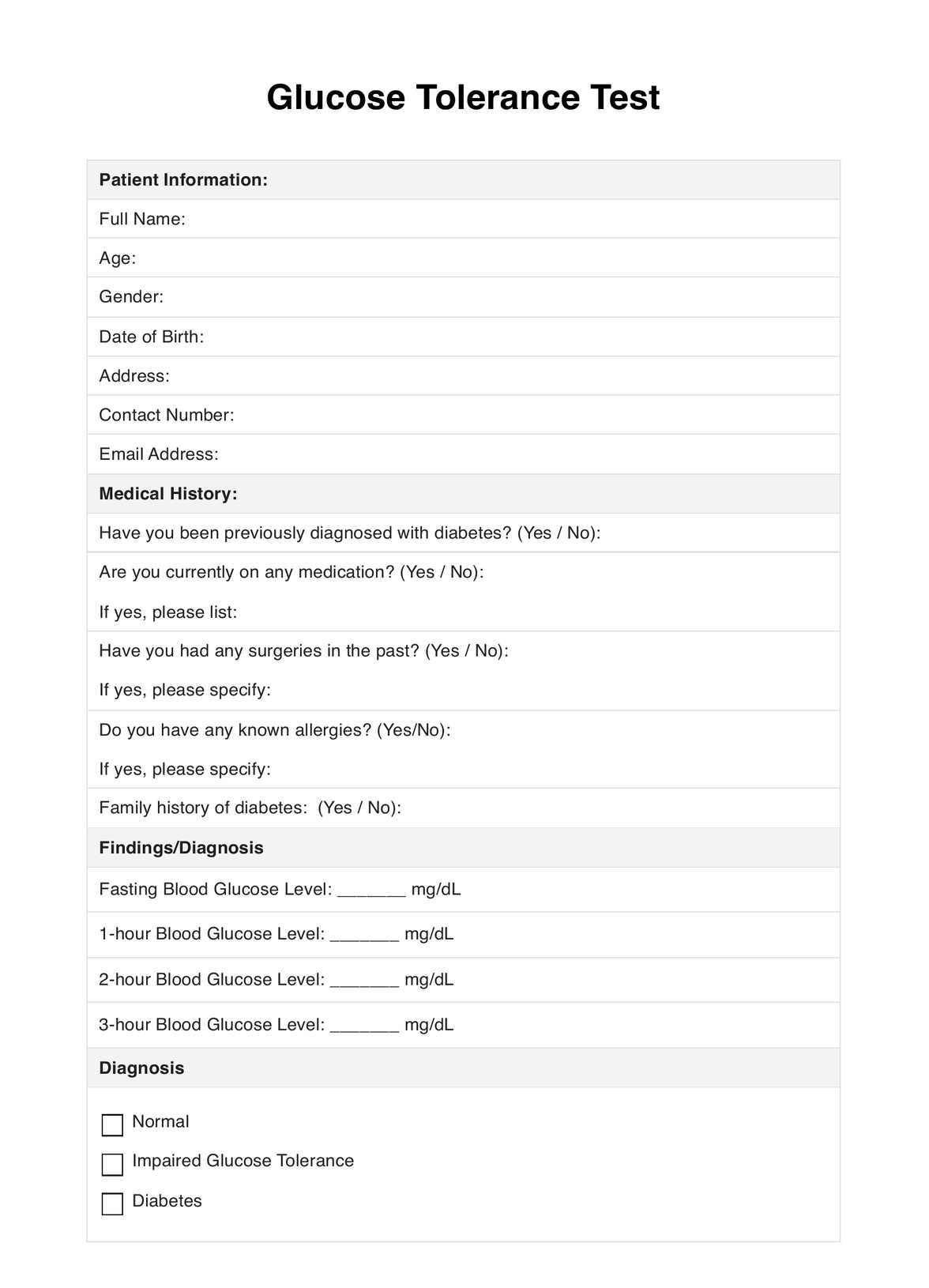Endocrinologists, general practitioners, or obstetricians typically request a Glucose Tolerance Test (GTT). While endocrinologists may request it for patients showing symptoms of diabetes or metabolic disorders, obstetricians often use it to screen for gestational diabetes in pregnant women. General practitioners recommend it based on a patient's risk factors, symptoms, or family history.












